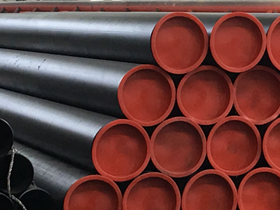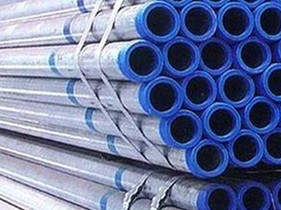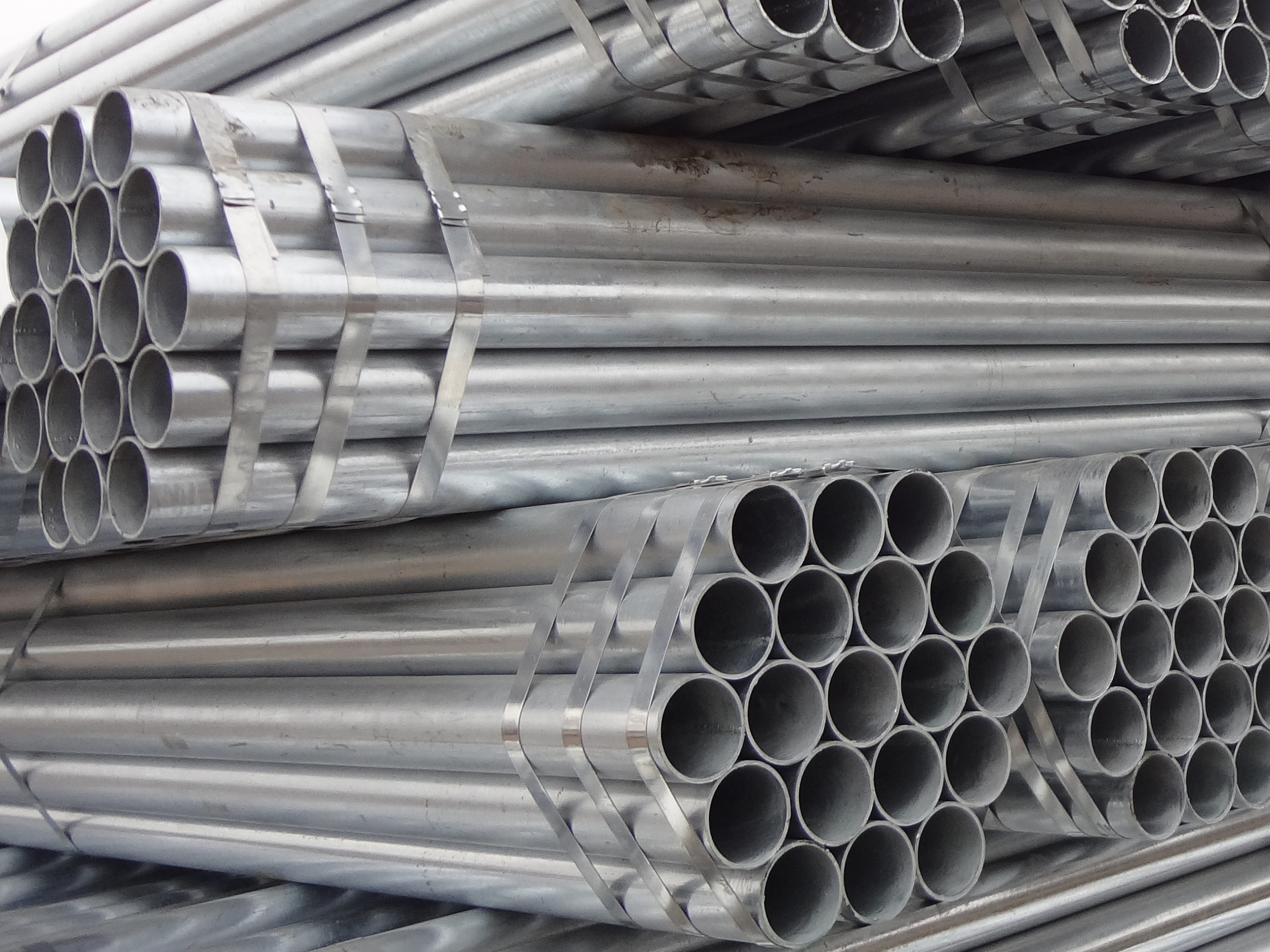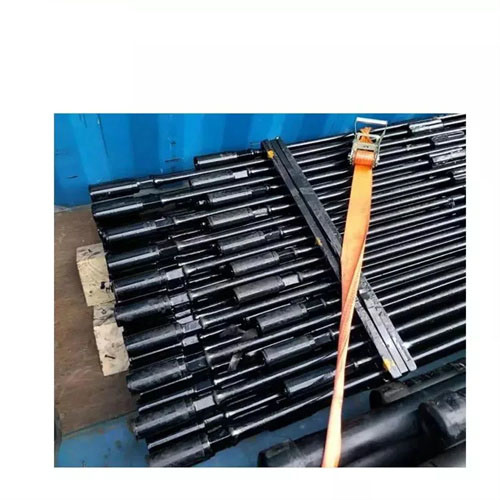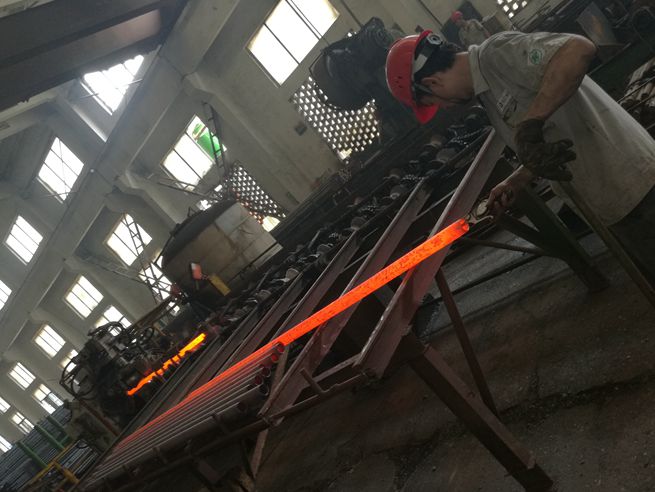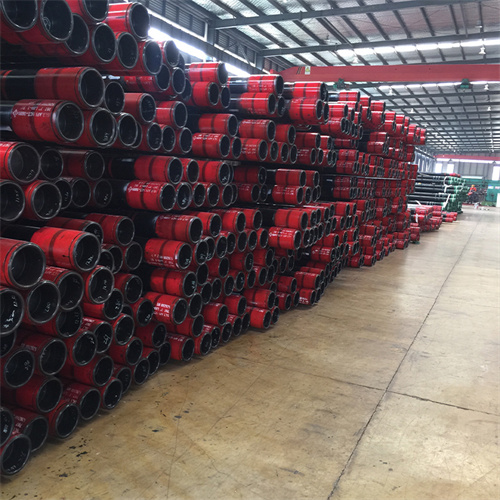Understanding the Differences: Seamless, Straight, and Spiral Weld steel Pipes
Seamless, straight, and spiral weld steel pipes are all crucial components in various industries, including construction, Oil and gas, and manufacturing. Each type possesses distinct characteristics and advantages, catering to specific project requirements and operational needs. Understanding the differences between these types of steel pipes is essential for making informed decisions in engineering and construction projects.
Seamless steel pipes are manufactured without any welded seams, resulting in a uniform structure throughout the Pipe Length. This seamless construction offers several advantages, including enhanced strength, reliability, and resistance to corrosion. Seamless pipes are commonly used in high-pressure applications where reliability and structural integrity are paramount, such as in oil and gas pipelines and nuclear power plants. The absence of weld seams eliminates the risk of weak points, reducing the likelihood of leaks or failures under extreme conditions.
On the other hand, straight weld steel pipes are manufactured by Welding longitudinal seams along the length of the pipe. These pipes are typically produced through the longitudinal welding process, where flat steel plates are rolled into cylindrical shapes and welded along the seam. Straight weld pipes are versatile and cost-effective, making them suitable for a wide range of applications, including plumbing, structural supports, and transportation of fluids and gases. However, the presence of weld seams may result in slightly lower strength and durability compared to seamless pipes, particularly in high-pressure environments.
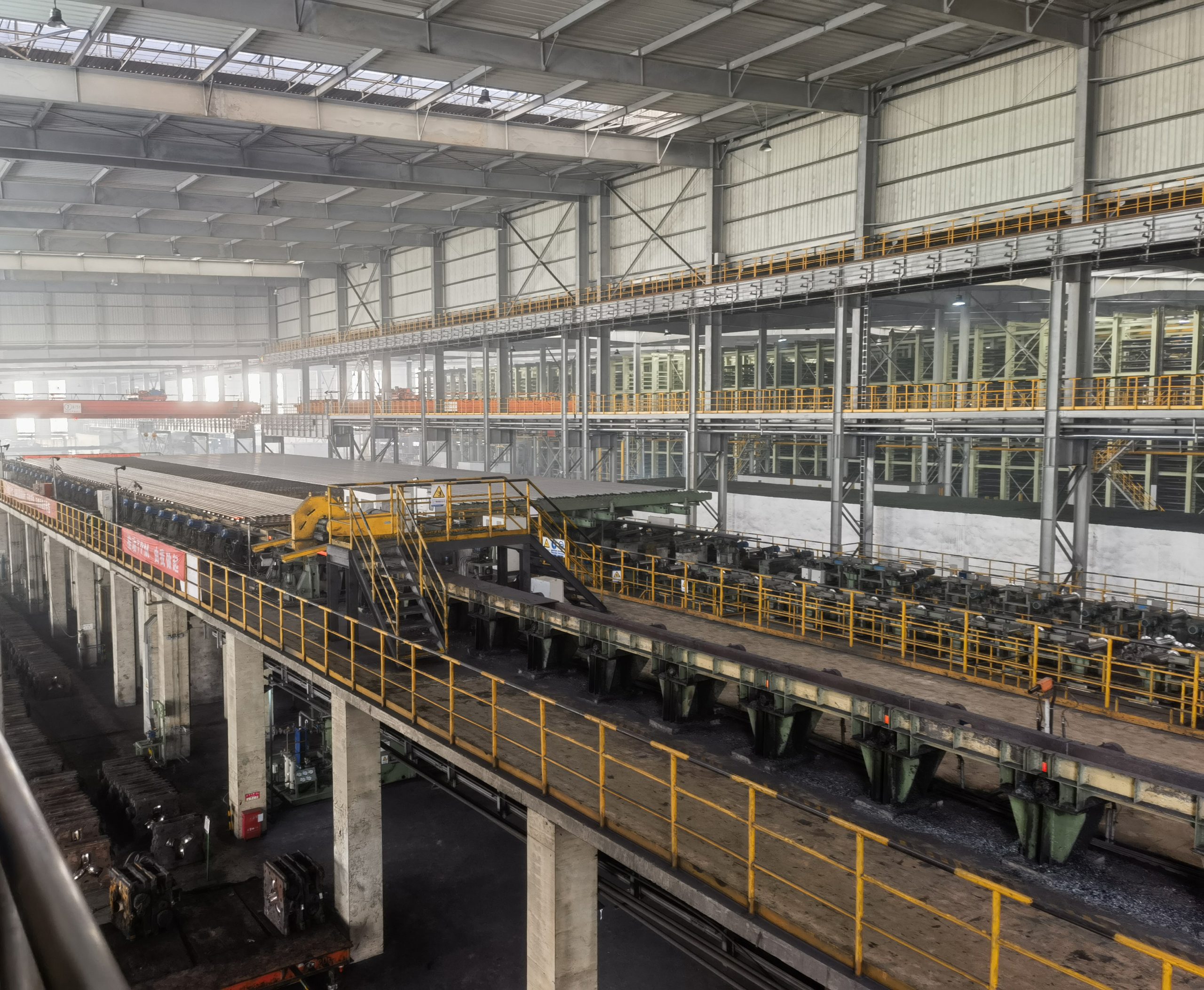
Spiral weld steel pipes feature a helical seam running along the length of the pipe, giving them a characteristic spiral appearance. These pipes are manufactured using the spiral welding process, where steel strips are rolled into a spiral shape and welded along the seam. Spiral weld pipes offer excellent strength and structural integrity, making them well-suited for applications requiring high resistance to bending, torsion, and external pressure. They are commonly used in underground piping systems, piling, and marine structures due to their ability to withstand soil movement and external forces.
When choosing between seamless, straight, and spiral weld steel pipes for a particular application, several factors must be considered, including the operating conditions, pressure requirements, and budget constraints. Seamless pipes are ideal for high-pressure and critical applications where reliability and durability are paramount, albeit at a higher cost. Straight weld pipes offer a balance between cost and performance, making them suitable for a wide range of general-purpose applications. Spiral weld pipes excel in applications where resistance to external forces and bending is essential, such as in underground or marine environments.
1 inch ss pipeIn conclusion, seamless, straight, and spiral weld steel pipes each offer unique advantages and are suited to different applications and operating conditions. Understanding the differences between these types of pipes is essential for selecting the most suitable option for a particular project. Whether it’s ensuring structural integrity, minimizing costs, or maximizing performance, choosing the right type of steel pipe is crucial for the success of any engineering or construction endeavor. By considering the specific requirements and characteristics of each type, engineers and project managers can make informed decisions to achieve optimal results.

